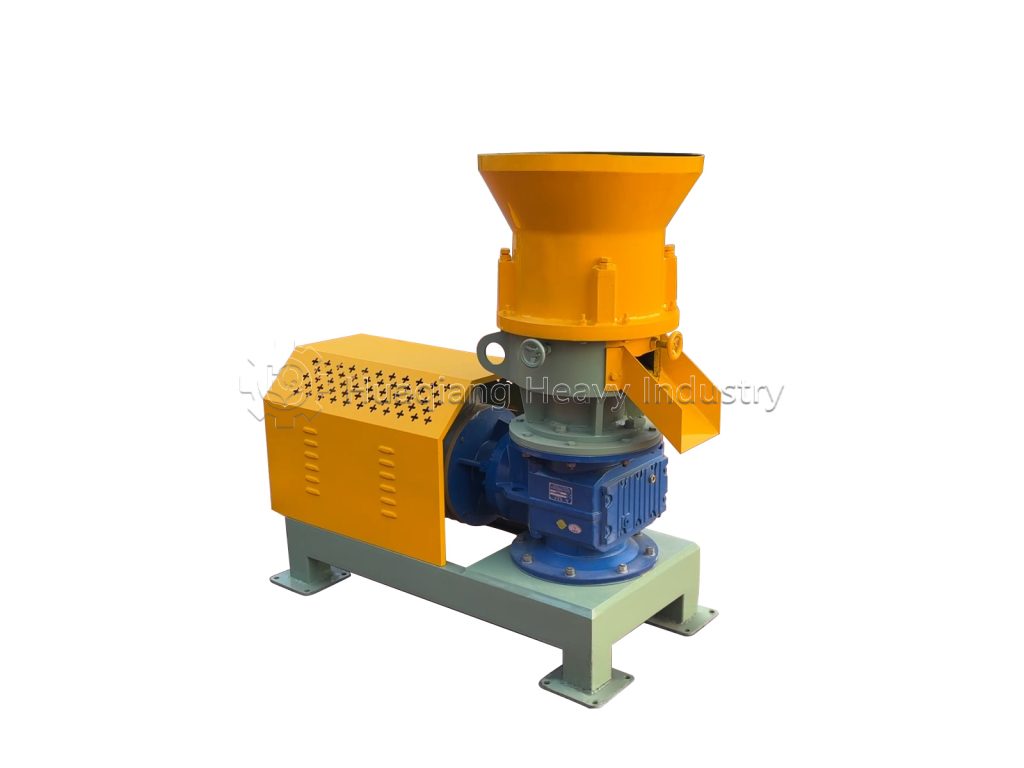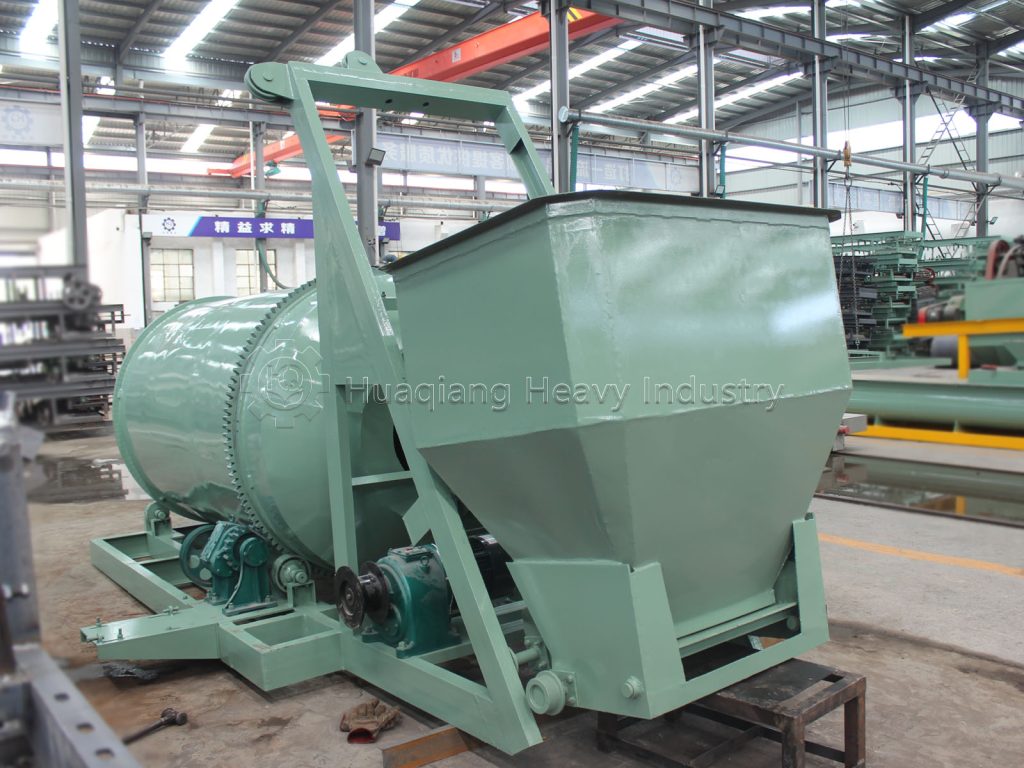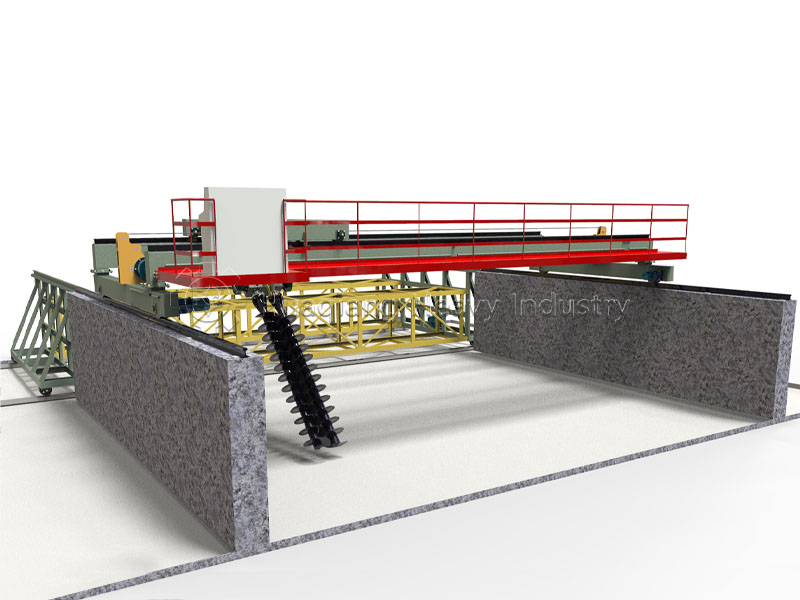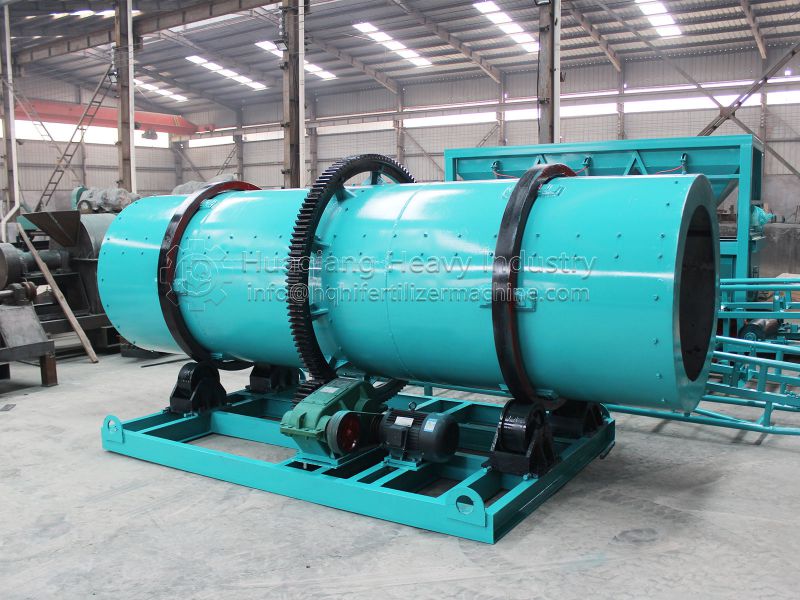With the agriculture and fertilizer industries deeply intertwined, fertilizer form directly impacts fertilization effectiveness and industry efficiency. As the core equipment connecting fertilizer raw materials and finished products, fertilizer granulators are becoming a key driver of industry upgrades.
Fertilizer granulators transform powdered raw materials into uniform fertilizer granules through processes such as physical extrusion and conditioning. These granulated fertilizers are not only highly stable, making them suitable for long-term storage and long-distance transportation, but also enable a slow release of nutrients, extending the fertilizer’s effective lifespan and enabling more efficient crop absorption, thereby boosting agricultural production returns from the source.
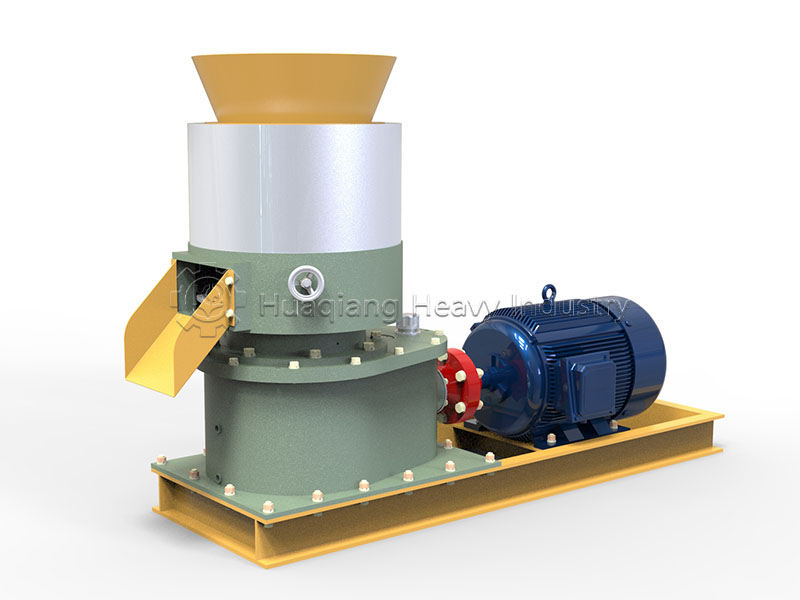
Furthermore, the adaptability of fertilizer granulators meets the diverse needs of the industry. Whether producing organic fertilizers, compound fertilizers, or customized fertilizers for specific crops, the equipment can adapt to different raw material ratios by adjusting parameters. More importantly, modern fertilizer granulators continuously optimize energy efficiency, improving production efficiency while reducing energy consumption.
For fertilizer companies, fertilizer granulators are a powerful tool for enhancing product competitiveness. Against the backdrop of growing demand for high-efficiency fertilizers in agriculture, fertilizer granulators will undoubtedly drive fertilizer production towards greater efficiency, higher quality, and greater environmental protection.


